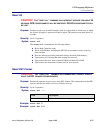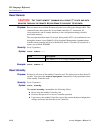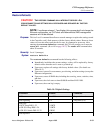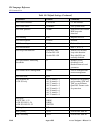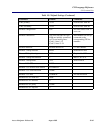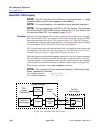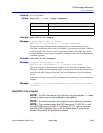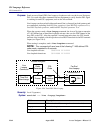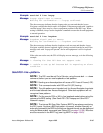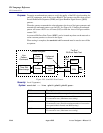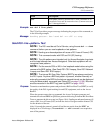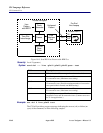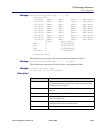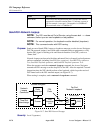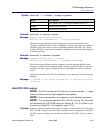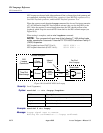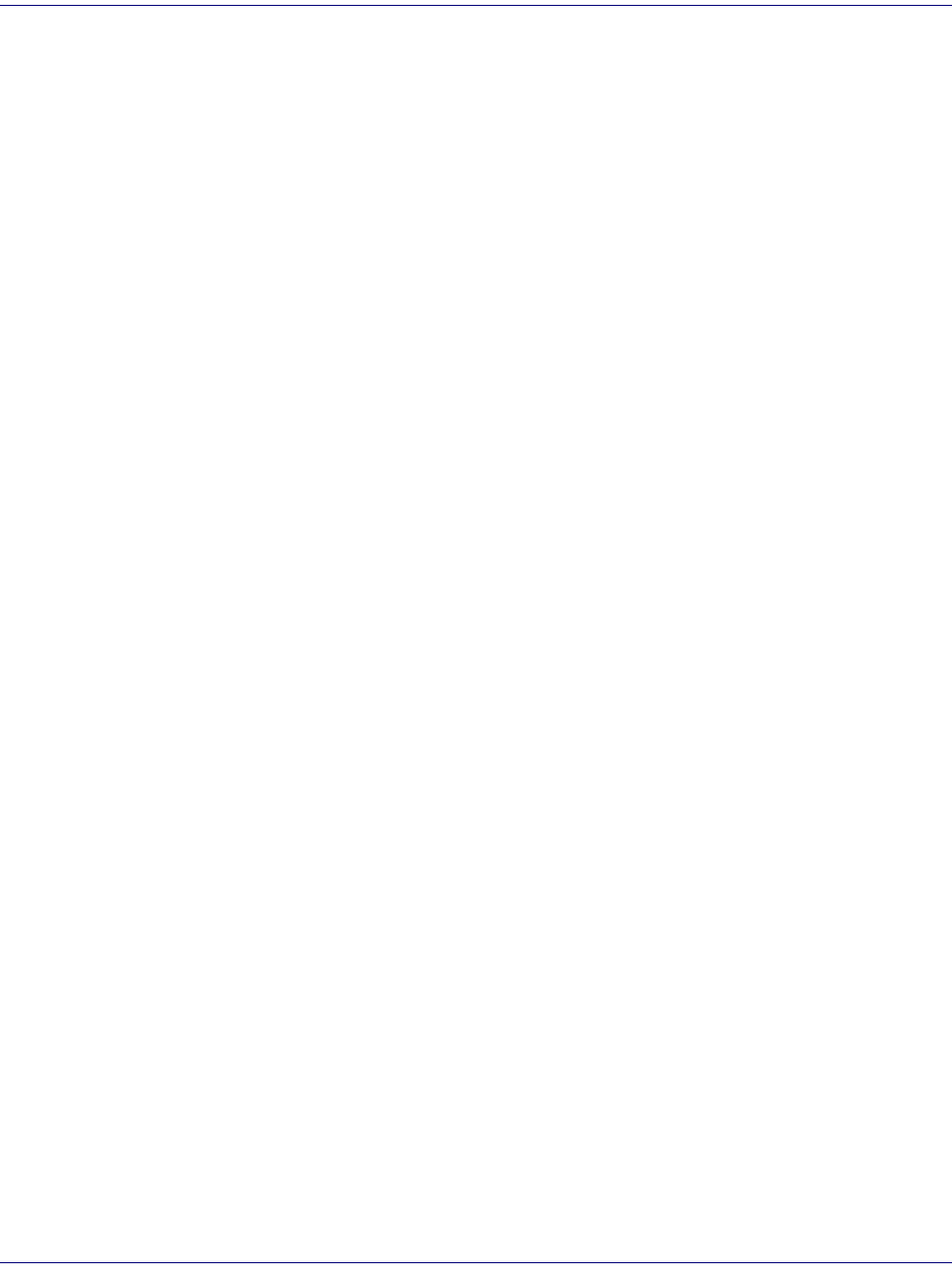
Access Navigator - Release 1.8 August 2003 18-65
CLI Language Reference
CLI Command List
Example: send ds1 9 line loopup
Message: Loopup signal sent to remote.
Waiting for confirmation.....loopup confirmed.
The above message indicates that the loopup code was sent and that the Access
Navigator confirms that the far-end is in loopback. If the message ends with “unable to
confirm loopup” there may be a line or equipment problem in the DS1 loop. When
testing is finished, always use the loopdown command to return the far-end equipment
to normal operation.
Example: send ds1 9 line loopdown
Message: Loopdown signal sent to remote.
Waiting for confirmation.....loopdown confirmed.
The above message indicates that the loopdown code was sent and that the Access
Navigator confirms that no loopback signal is being received from the far-end. If the
message ends with “loopup still present” the far-end equipment is still in loopback
mode.
If the code can not be sent, the CLI will display an error message, as in the following
example.
Message: *- framing for that DS1 does not support code.
Message: *- unable to set up ds1 because ds1 is reporting an alarm
condition.
Send DS1 Line <pattern>
NOTE:
The DS1 must be set Out of Service, using the set ds1 <n> down
command, before you can use loopbacks or test patterns.
NOTE: Sending an unframed pattern will cause a DS1 Loss of Frame (LOF).
NOTE: This command works with ESF and D4 (SF) framing.
NOTE: The p2e patterns are intended only for Access Navigator loop tests
and for tests between two Access Navigators. Other test equipment will not
recognize these patterns.
NOTE: Put the remote CSU or NIU in line loopback mode before using this
command for BER testing. (See Send DS1 CSU Loopup and Send DS1
Network Loopup.)
NOTE: The internal Bit Error Rate Testers (BERTs) are always monitoring
the DS1 inputs. Anytime a BER test pattern is present, whether internally or
externally generated, the BER for the last one-second interval can be displayed
using the status ds1 command (see Status DS1 on page 18-159). Bit errors
are also recorded in the BERT log (see Log BERT on page 18-40).



